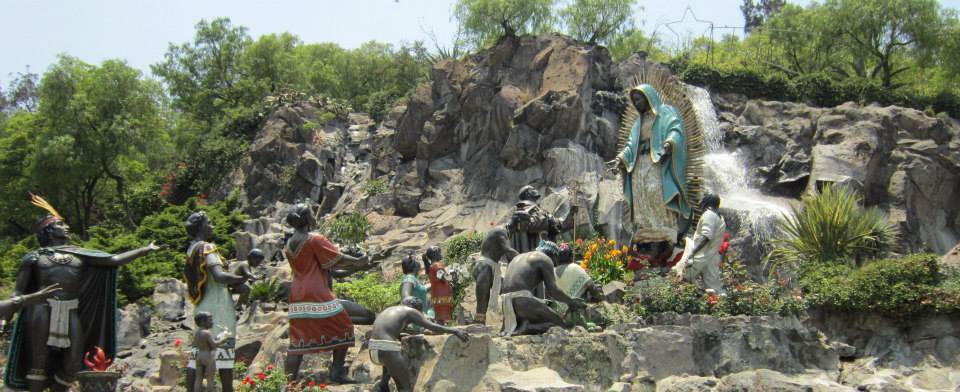The following is the latest in a series of blogs entitled “Is Mexico a Christian Country.” It is an historical and cultural investigation into the origins of Roman Catholicism, and its impact in general culture. You can read the first installment of this series HERE, with links on that post to subsequent posts.
I was speaking recently to the father of one of my son’s football teammates. He lives in a small town that the urban sprawl of Mexico City has long ago engulfed. Nevertheless, the traditions of his little village have lived on. He confessed to me that he is not religious in any way, but his wife is very committed to the Catholic church. He also has realized that he cannot speak to his wife about matters of religion. Why? Because he sees a tremendous amount of discrepancy between Catholic norms and the craziness that is done in the name of the church. Doesn’t make for a very cordial conversation with someone who would rather not talk about those extremely syncretistic cultural elements.
My friend’s skepticism on the purity of Roman Catholic praxis in his area is particularly interesting given that Cortez had direct impact on the towns in Chalco Valley. Indian warriors from Mixquic helped Cortez conquer Tenochitlán. These towns would be considered by many to be some of the most devoted Catholic populations in Mexico. De hueso colorado is an expression that could be translated “die hard” and is used to describe traditional Mexican villages fully dedicated to the system of festivals and holidays, both civic and religious, that have been part of the DNA of these areas for centuries now. He’s a Catholic de hueso colorado! But what sort of Catholic really is he?
